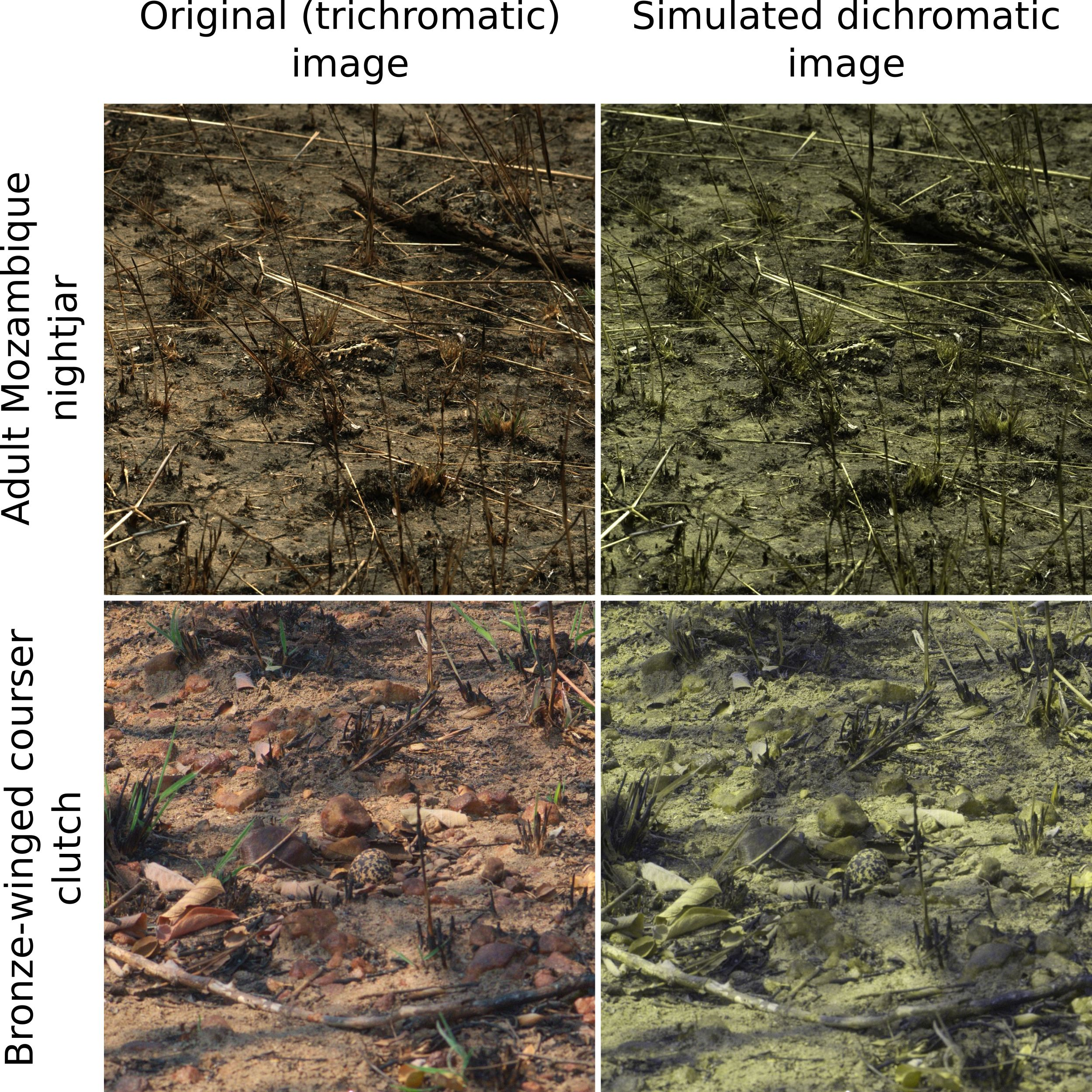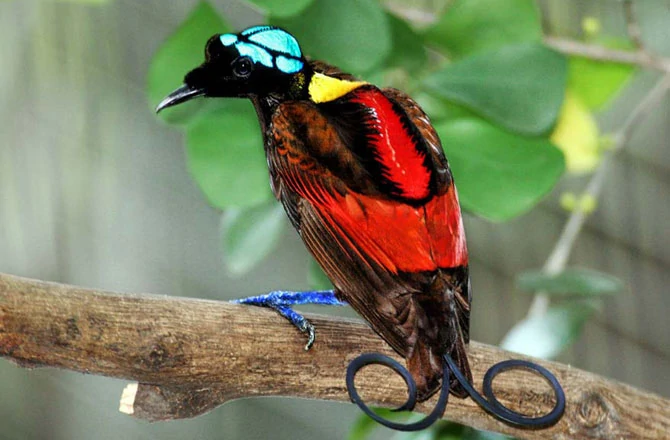Adapting Colour-Based Traits and Behaviours
#status.in-progress #type.note.example #priority.high
Template
Examples are units of knowledge that illustrate an interesting fact or observation about an object of study.
- Introduce the argument underlying the example
- What relationships are addressed?
- How does this example reflect the exhibition goals
- What is the current state of thinking
- How does a more-than-human framing challenge the status-quo
- Include representative examples as images, diagrams, videos, quotes, etc.
- How would this re-framing benefit life, scholarship, practice, etc.?
- What exhibition components relate to this example?
- Examples
- Stories
- Relationships
- All life evolves colour-based traits, features, and responses.
- Relevant relationships
- These adaptations drive survival by increasing reproductive success, chance of survival, and social cohesion.
- Human cultural responses to colour seemingly transcend survival
- Colour as a symbol of social standing and power
- Opposing discrimination based on skin colour
- Coveting rare colours
- Despite their complexity, these behaviours reflect the same base instincts
- Many are not exclusive to humans, e.g., bowerbirds
- Integrate examples
- Viewing colour adaptations as beauty, pleasure, desire, and comfort rather than fear and survival challenges human superiority
- Awareness of non-human relationships to colour builds empathy
- Designers can justify colour selection by demonstrating how colours impacts wildlife
- Creates visually rich, inclusive environments
- Designers can justify colour selection by demonstrating how colours impacts wildlife
Examples
Camouflage
Organisms evolve camouflage in response to their relationships with living beings, their environment, and their epigenetics.
Different types of vision lead to different types of camouflage. Sometimes, dichromatic vision is more advantageous than trichromatic for camouflage breaking.

Citizen science games investigating perception of camouflage can be found here.
References
Troscianko, Jolyon, Jared Wilson-Aggarwal, David Griffiths, Claire N. Spottiswoode, and Martin Stevens. “Relative Advantages of Dichromatic and Trichromatic Color Vision in Camouflage Breaking.” Behavioral Ecology 28, no. 2 (2017): 556–64. https://doi.org/10/gbg5vp.
Reflectance
There is a direct evolutionary link between fitness and reflectance.
In a mechanism that relates to place, there is an evolutionary link to irradiance through the evolution of microhabitat choice. Further, emerging evidence suggests that terrestrial habitats (places) have distinct irradiance signatures that can influence the evolution and distribution of colours and patterns in communities and ecosystems.
References
Endler, John A., and Johanna Mappes. “The Current and Future State of Animal Coloration Research.” Philosophical Transactions of the Royal Society B: Biological Sciences 372, no. 1724 (2017): 20160352. https://doi.org/10/gjp9pd.
Sex
 Wilson's bird of paradise (Cicinnurus respublica). Image by Wikipedia user Serhanoksay.
Wilson's bird of paradise (Cicinnurus respublica). Image by Wikipedia user Serhanoksay.
The colors and shapes of the flowers are a precise record of what bees find attractive. [...] It would be a paradoxically anthropocentric mistake to assume that, because bees are more primitive organisms [...] there is nothing in common between our pleasure in flowers and theirs.
— Turner, Frederick. Beauty: The Value of Values. Charlottesville: University of Virginia Press, 2015.
Many lifeforms use colour to discern a viable mate. Birds develop extravagant plumages to increase their desirability.
Male bowerbirds (birds of the family Ptilonorhynchidae) construct elaborate nests using found objects, often brightly coloured. Nest-building is a key part of their mating ritual.
Related Probes
Backlinks